If investing were a video game, you might suspect Warren Buffett of using some kind of cheat code.
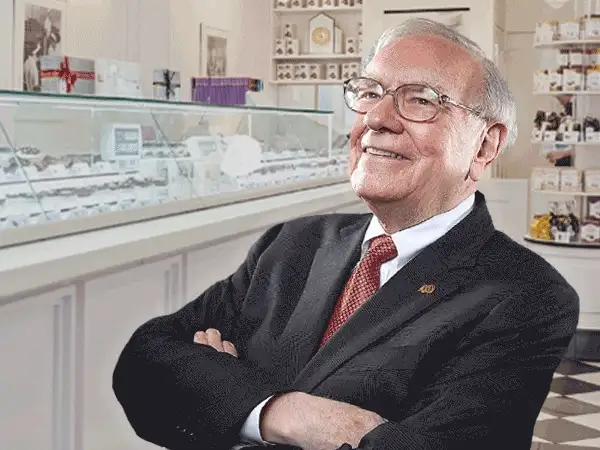
His holding company, Berkshire Hathaway, boasts $969B in total assets. It owns companies in dozens of industries, ranging from insurance (Geico) to underwear (Fruit of the Loom), and maintains a $340B+ stock portfolio with sizeable stakes in some of the country’s biggest corporations:
- 1.03B shares (12.8%) of Bank of America
- 907.6m shares (5.6%) of Apple
- 400m shares (9.2%) of Coca-Cola
- 325.6m shares (26.6%) of Kraft Heinz
- 174.5m shares (8.9%) of Chevron
- 151.6m shares (20.1%) of American Express
But Buffett’s favorite investment of all time isn’t on in the Fortune 500: It’s a small candy company that he bought 50 years ago.
With ~$500m in annual revenue, See’s Candy represents less than 0.1% of Berkshire Hathaway’s holdings. Yet, Buffett has called the 100-year-old chocolate chain his “prototype of a dream business.”
He frequently brings up the company in interviews and even keeps a box of the candymaker’s peanut brittle on hand at annual shareholder meetings.
In an era that prizes flashy, fast-paced investments, the story of See’s reminds us that a company’s true value can’t always be quantified on a balance sheet.
The little chocolatier that could
Mary See’s journey to chocolate stardom began in the backwoods of Ontario, Canada.
Born in 1854, Mary married at 20, had 3 children, and settled into a domestic but industrious life co-managing a hotel with her husband. Over the decades, she spent countless hours in the kitchen perfecting her own candy recipes.
When her son, Charles, relocated to California in 1919, Mary — then a 65-year-old widow — decided to join him.
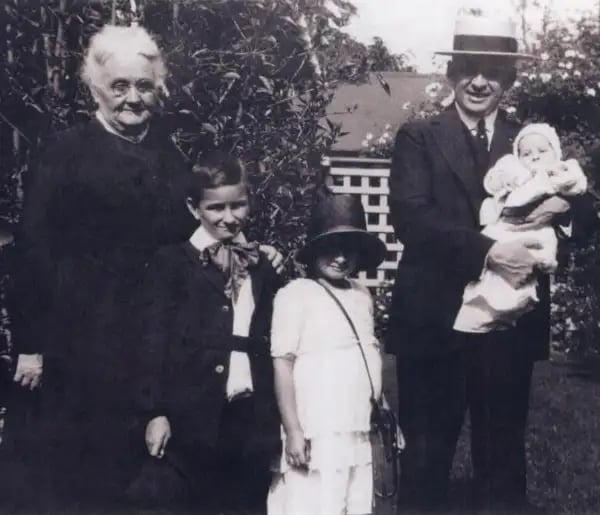
Mary See (far left) with Charles See (far right) and family in 1920s California (via “See’s Famous Old Time Candies: A Sweet Story;” See’s Candies)
A druggist by trade, Charles had lost his chain of pharmacies to a forest fire and, for a brief time, worked as a confections salesman. In Los Angeles, he decided to focus on the highest-quality product he could think of: His mother’s homemade chocolates.
In November of 1921, Mary and Charles opened their first See’s Candies shop, offering a variety of chocolates made with fresh ingredients.
From the beginning, See’s chose to build a brand around small-batch quality and invested in the highest-caliber ingredients: California almonds, Ozarkian walnuts, and African chocolate.
The company put Mary’s face on the cover of every $0.85 box, and adopted the slogan “Quality without compromise.”
By the 1920s, See’s had expanded to 12 shops.
During the Great Depression and WWII, See’s stayed true to its principles. During a time when butter, sugar, and cream were severely rationed, the company had a choice:
- It could use inferior ingredients and maintain its sales volume, or
- It could stick to its higher-quality ingredients and sell much smaller batches.
The family chose the latter option and closed the store each day when inventory ran out.
Following Mary’s death in 1939, Charles (and later, his son, Laurance) took the reins, growing the chain to more than 160 stores.
By 1970, See’s successors were looking for an exit. And 1.5k miles away, in Omaha, Nebraska, an unlikely buyer would soon make an offer.
Enter the “Oracle of Omaha”
Warren Buffett was cut from the same entrepreneurial cloth as Mary See.
As a child, he made money selling anything he could get his hands on: chewing gum, Coca-Cola bottles, magazines, golf balls, and stamps.
After graduating from business school, he formed a number of partnerships that made him a millionaire — and by the age of 30, he’s earned a reputation as an investment wünderkind.
In 1970, he became the chairman and CEO of Berkshire Hathaway, a then-flailing textile firm, and turned it into a holding company for his growing investments.
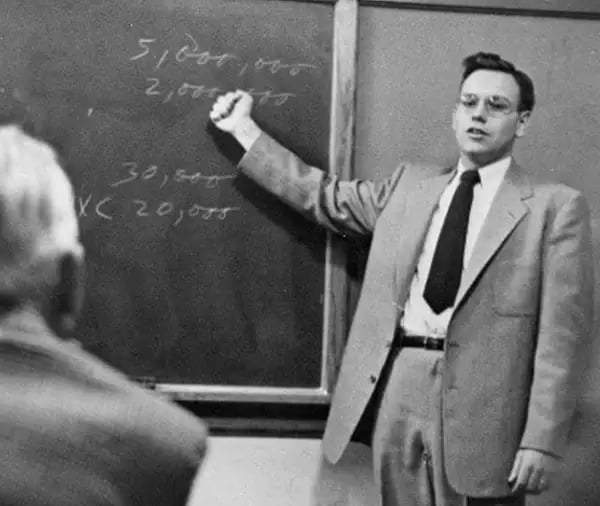
Warren Buffett teaching an investing class at the University of Nebraska at Omaha in the early 1960s (University of Nebraska at Omaha, via Twitter)
Early on, Buffett’s investment philosophy was rooted in “value investing,” the art of hunting for, and buying, companies undervalued or overlooked by Wall Street.
But when Buffett met Charlie Munger, who later became his partner at Berkshire Hathaway, his mentality shifted from investing in great bargains to investing in great businesses. Munger convinced Buffett that it was worth paying a premium for companies “whose main value would be earned in the future.”
In 1972, Robert Flaherty, an investor at Blue Chip Stamps (a Berkshire Hathaway company) was tipped off that See’s was for sale. He called his boss, William Ramsey, who in turn rang up Buffett and pitched an investment.
“Gee, Bob,” Buffett initially told him. “The candy business. I don’t think we want to be in the candy business.”
At the time, See’s didn’t look too exciting on paper:
- $30m in sales
- $2m in post-tax earnings
- $8m in assets
But as Buffett researched See’s, he realized that the value of the company’s intangibles — things like its brand and customer loyalty — far exceeded the numbers on paper.
So, the usually shrewd investor did something extremely out of character: He bought See’s for $25m — more than 6x its earnings, and 3x its book value.
It was Buffett’s biggest purchase up to that point, and one of the first companies Berkshire Hathaway bought outright. It also represented a major shift in his approach to investing, setting him on a path of “paying higher prices for better businesses.”
Quality over quantity
Within minutes of buying the business, Buffett installed Charles Huggins, an ex-paratrooper and longtime See’s employee, as CEO.
In a letter, Buffett cautioned Huggins to never sacrifice quality for profit. He warned that the company shouldn’t try to scale too quickly, and should instead continue to produce the chocolates locally, in “limited quantities.”
“There is a certain mystique attached to products with geographical uniqueness,” he wrote, harping on the value of branding. “Maybe grapes from one little 80-acre vineyard in France are really the best in the whole world, but I have always had a suspicion that 99% of it is in the telling and about 1% of it is in the drinking.”
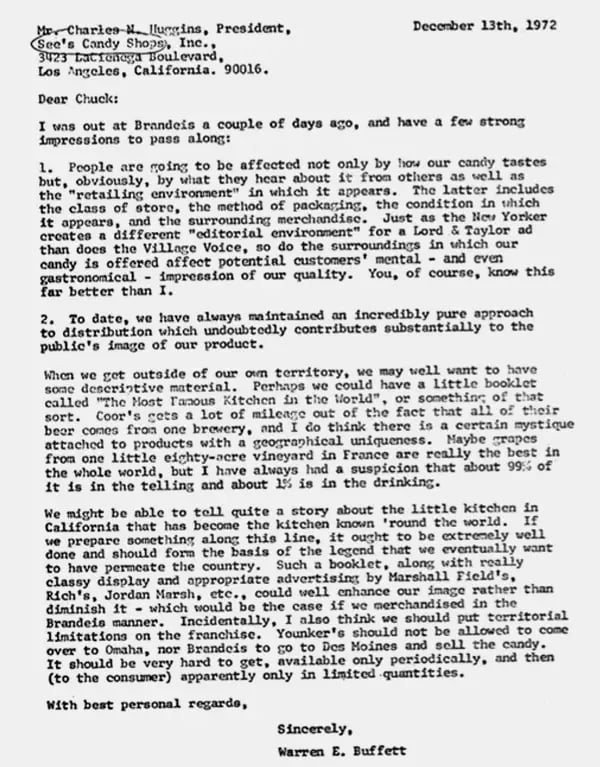
After visiting a Brandeis department store and observing See’s sales in 1972, Buffett wrote a letter to the company’s CEO, Charles Huggins, in which he shared his thoughts on branding and quality (abridged; via Saber Capital Management)
In lieu of scaling See’s at lightning speed, Buffett opted to keep the operation small and charge a premium on quality. He recognized that See’s had 3 distinct advantages:
- It possessed a strong built-in customer loyalty moat
- Its product was so good that customers would tolerate price hikes
- It required very little operating capital
Over the next 10 years, See’s expanded from 167 to 214 stores — an extremely modest growth rate of around 2% per year. Similarly, the company’s total volume of candy sold only increased from 16.9m to 24.7m pounds, or 3% per year.
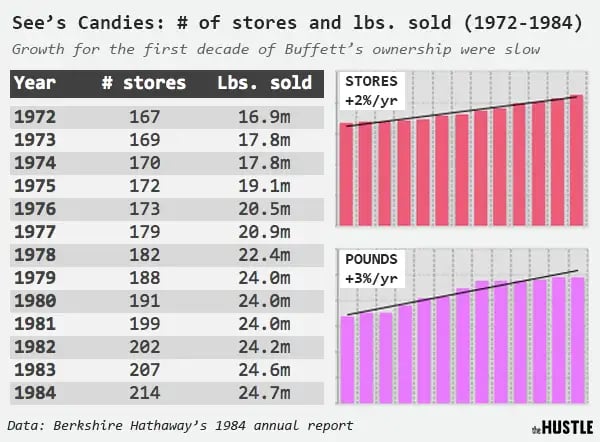
Zachary Crockett / The Hustle
This slow expansion was, in part, a limitation of the market: “The boxed-chocolates industry [is] unexciting,” Buffett told shareholders in 2007. “Per-capita consumption in the US is extremely low and doesn’t grow.” But it was also part of a calculated decision to harvest revenue from the company’s pre-existing strengths.
See’s customers were fanatically loyal to the company’s treats.
When Huggins tried to eliminate 14 of See’s 100 candies in 1987, for instance, the company was flooded with so many letters from angry customers, that it was forced to reverse the decision and apologize:
- “A pox on all at See’s who participated in the abominable decision…”
- “May your new truffles melt in transit, may they sour in people’s mouths, may your costs go up and your profits go down…”
- “We are investigating the possibility of obtaining a mandatory injunction requiring you to supply…”
Buffett soon learned that customers would remain loyal even with price hikes every year. While stores and volume grew only 2% and 3% respectively, See’s raised its effective price per pound by 10% per year — far above the rate of inflation.
On paper, See’s growth didn’t look very fruitful. But fueled by price hikes, total sales volume and profit over the same time period tell a different story.
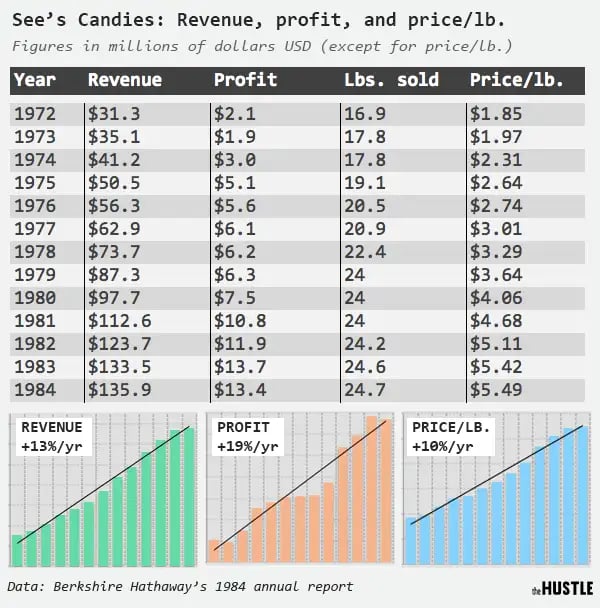
Zachary Crockett / The Hustle
“See’s is a slow grower, but its growth is steady and reliable,” Munger later said. “Warren and I raised the prices of See’s Candies a little faster than others might have. There are actually people out there who don’t price everything as high as the market will easily stand. And once you figure that out, it’s like finding money in the street.”
In the span of a decade, this slow and steady growth boosted per-store sales from $187k to $635k and per-store operating profits from $12k to $63k.
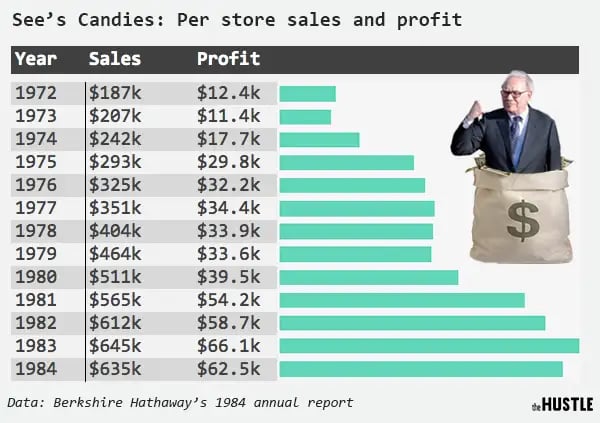
Zachary Crockett / The Hustle
In 1982, Buffett was offered $125m for See’s — 5x the $25m he’d paid for it just 10 years earlier, or a 20% compound annual growth rate. He passed, opting to let the company slowly chug along.
“Long-term competitive advantage in a stable industry is what we seek in a business,” Buffett later wrote. “If that comes with rapid organic growth, great. But even without organic growth, such a business is rewarding.”
Slow and steady can yield sizeable returns
Buffett’s rejection of the $125m offer would turn out to be a smart move.
Continuing at that same steady growth rate, See’s sales crept up to $383m by 2007 (with $82m in pretax profits), and an estimated $430m by 2018. Since 1972, the company has given Berkshire Hathaway well over $2B in income. That’s a return of more than 8k%, or 160%+ per year.
Over the same time period, the small operation required only $32m in capital to run. “Modest physical growth,” wrote Buffett in 2007, had led to “immodest financial growth.”
See’s provided Berkshire Hathaway with a reliable stream of capital that it used to buy into other attractive businesses.
In the late 1980s, he used See’s profits to buy Coca-Cola shares, which are now collectively worth more than $25B.
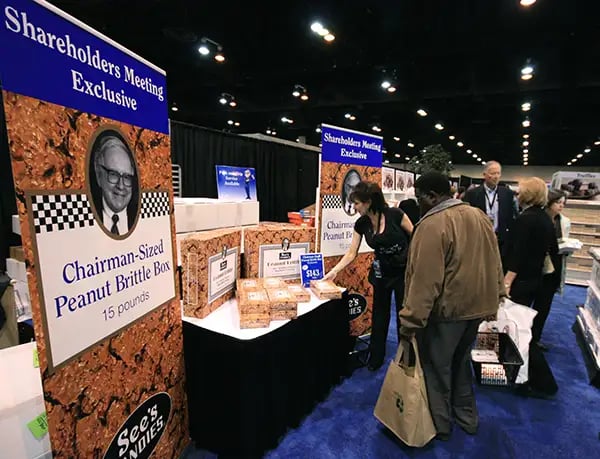
“Chairman-Sized” (15-pound) peanut brittle boxes from See’s up for grabs at Berkshire Hathaway’s annual shareholder meeting in 2011 (Photo: Andrew BEATTY/AFP via Getty Images)
“See’s has given birth to multiple new streams of cash for us,” Buffett later told shareholders. “But it’s far better to have an ever-increasing stream of earnings with virtually no major capital requirements.”
Today, See’s Candies sell for $22.50 per pound — about double the 1972 price, after adjusting for inflation — but its customers have remained loyal.
Just as it survived the Great Depression and the rationing of WWII, See’s has weathered the storm of ecommerce. Even during the pandemic, the bulk of the company’s sales still happen in-store.
For the 100-year-old company and 91-year-old Buffett, the values of that era continue to yield handsome returns.
“In candy, as in stocks, price and value can differ,” Buffett wrote in 2007. “Price is what you give, value is what you get.”
